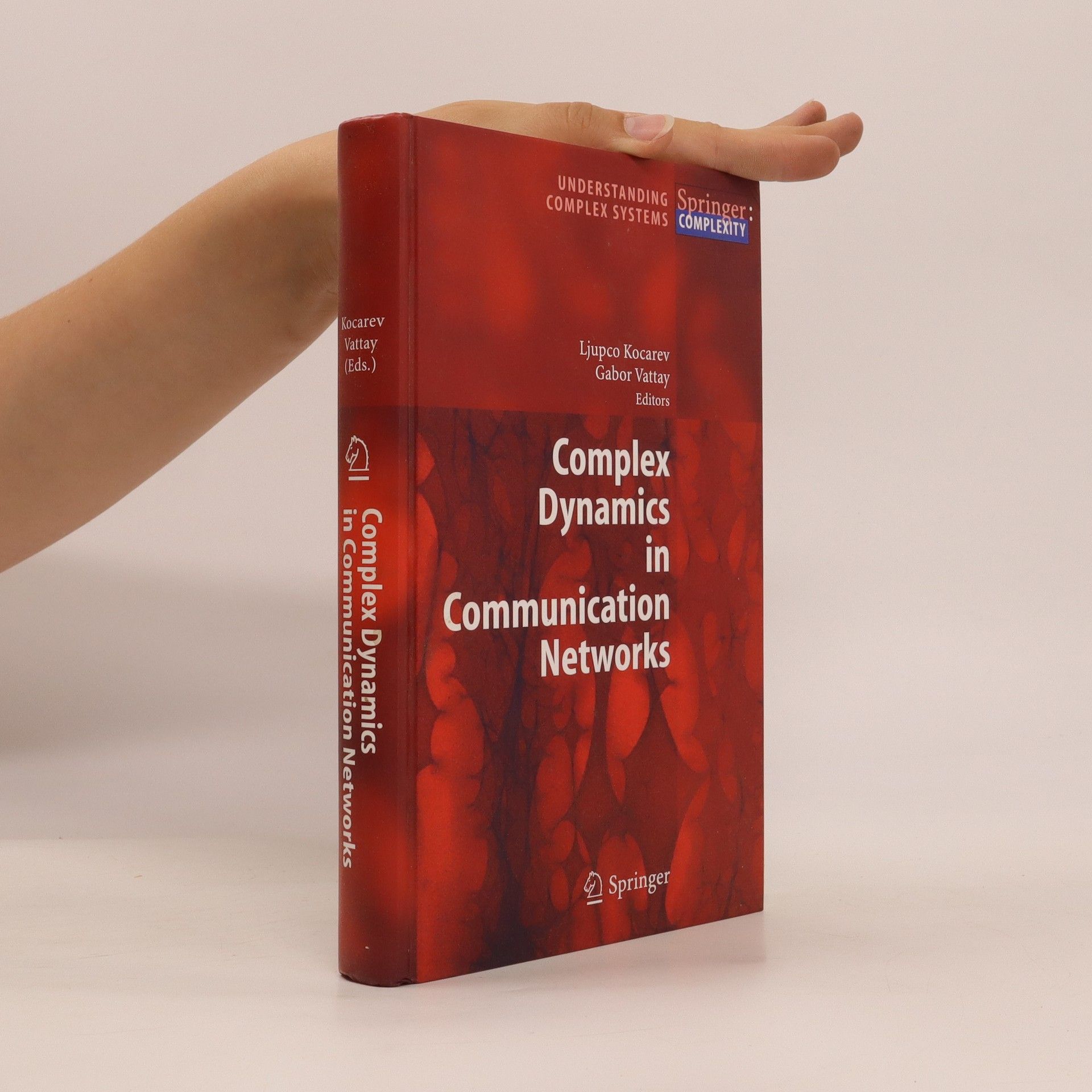Chaos is a fascinating phenomenon that has been observed in nature, laboratory, and has been applied in various real-world applications. Chaotic systems are deterministic with no random elements involved yet their behavior appears to be random. Obser- tions of chaotic behavior in nature include weather and climate, the dynamics of sat- lites in the solar system, the time evolution of the magnetic field of celestial bodies, population growth in ecology, to mention only a few examples. Chaos has been observed in the laboratory in a number of systems such as electrical circuits, lasers, chemical reactions, fluid dynamics, mechanical systems, and magneto-mechanical devices. Chaotic behavior has also found numerous applications in electrical and communication engineering, information and communication technologies, biology and medicine. To the best of our knowledge, this is the first book edited on chaos applications in intelligent computing. To access the latest research related to chaos applications in intelligent computing, we launched the book project where researchers from all over the world provide the necessary coverage of the mentioned field. The primary obj- tive of this project was to assemble as much research coverage as possible related to the field by defining the latest innovative technologies and providing the most c- prehensive list of research references.
Ljupc o. Kocarev Libri





ICT innovations 2011
- 420pagine
- 15 ore di lettura
Information and Communication Technologies has enlarged its horizon and it is practiced under multidisciplinary contexts that introduce new challenges to theoretical and technical approaches. The most critical benefit of introducing new ICT technologies in our real world living are the new ways of working that the online world makes possible. Complexity, uncertainty and scaling issues of real world problems as well as natural phenomena in ecology, medicine and biology demanding ICT assistance create challenging application domains for artificial intelligence, decision support and intelligence systems, wireless sensor networks, pervasive and ubiquitous computing, multimedia information systems, data management systems, internet and web applications and services, computer networks, security and cryptography, distributed systems, GRID and cloud computing. This book offers a collection of papers presented at the Third International Conference on ICT Innovations held in September 2011, in Skopje, Macedonia. The conference gathered academics, professionals and practitioners in developing solutions and systems in the industrial and business arena especially innovative commercial implementations, novel applications of technology, and experience in applying recent ICT research advances to practical solutions.
Consensus and synchronization in complex networks
- 275pagine
- 10 ore di lettura
In this book for the first time two scientific fields - consensus formation and synchronization of communications - are presented together and examined through their interrelational aspects, of rapidly growing importance. Both fields have indeed attracted enormous research interest especially in relation to complex networks. In networks of dynamic systems (or agents), consensus means to reach an agreement regarding a certain quantity of interest that depends on the state of all dynamical systems (agents). Consensus problems have a long history in control theory and computer sciences, and form the foundation of the field of distributed computing. Synchronization, which defines correlated-in-time behavior between different processes and roots going back to Huygens to the least, is now a highly popular, exciting and rapidly developing topic, with applications ranging from biological networks to mathematical epidemiology, and from processing information in the brain to engineering of communications devices. The book reviews recent finding in both fields and describes novel approaches to consensus formation, where consensus is realized as an instance of the nonlinear dynamics paradigm of chaos synchronization. The chapters are written by world-known experts in both fields and cover topics ranging from fundaments to various applications of consensus and synchronization.
Chaos-based cryptography
- 395pagine
- 14 ore di lettura
Chaos-based cryptography, attracting many researchers in the past decade, is a research field across two fields, i. e., chaos (nonlinear dynamic system) and cryptography (computer and data security). It Chaos' properties, such as randomness and ergodicity, have been proved to be suitable for designing the means for data protection. The book gives a thorough description of chaos-based cryptography, which consists of chaos basic theory, chaos properties suitable for cryptography, chaos-based cryptographic techniques, and various secure applications based on chaos. Additionally, it covers both the latest research results and some open issues or hot topics. The book creates a collection of high-quality chapters contributed by leading experts in the related fields. It embraces a wide variety of aspects of the related subject areas and provide a scientifically and scholarly sound treatment of state-of-the-art techniques to students, researchers, academics, personnel of law enforcement and IT practitioners who are interested or involved in the study, research, use, design and development of techniques related to chaos-based cryptography.
Computer and communication networks are among society's most important infrastructures. The internet, in particular, is a giant global network of networks with central control or administration. It is a paradigm of a complex system, where complexity may arise from different sources: topological structure, network evolution, connection and node diversity, and /or dynamical evolution. This is the first book entirely devoted to the new and emerging field of nonlinear dynamics of TCP/IP networks. It addresses both scientists and engineers working in the general field of communication networks.